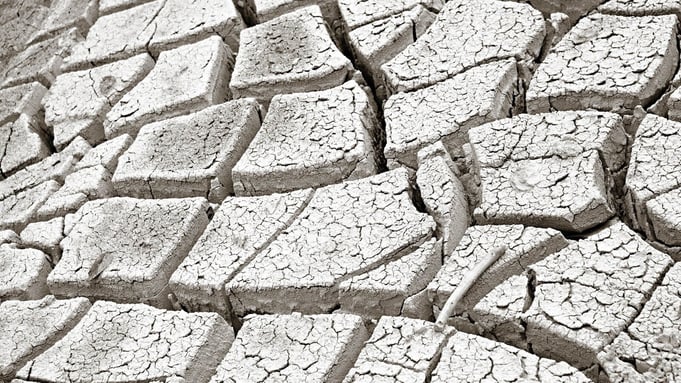
Bentonite has been used in ceramics for many years due to the way it performs in terms of plasticity and workability. Nonetheless, there are some alternative approaches that may ease its replacement, as they show some undesirable side effects when introduced into formulations.
Why are they so popular?
Bentonites, whose name derives from a special clay source in Fort Benton, Wyoming, are known to have some distinct properties. Bentonite clays were known to be used in the Roman Times, presenting a “soap-like” behavior, but also showing high plasticity and a colloidal dispersion ability. It is an important factor in ceramics, fabric cleaning and as a degreasing agent.
These clays tend to expand when they are in contact with water, increasing their volume and generating thixotropic gels when added in small amounts to water. This last property is the one that makes them so interesting for ceramics along with drilling muds, purifiers, absorbents and binders.
HOW DOES IT WORK?
Bentonites are commonly used in ceramic formulations in very small addition rates to modulate plasticity. Due to its reaction with water, capturing it in the leaves that form the Bentonite structure, they allow to control the rheology of the ceramic slurries.

Image from BENTONITAS, PROPIEDADES y USOS INDUSTRIALES. CERÁMICA - Lic. Roberto Hevia, Director del Centro de Investigación y Desarrollo de Materiales del Intemin.
At the same time, Bentonite particles are also interacting with other raw materials in the formulas, mainly due to its incredibly active surface. A standard clay typically presents values between 15 and 50 m2/g, while bentonites will start in 80-100 m2/g and reach up to 300 m2/g.
This interaction is also very strong because of the relatively high charge of the particles, being able to even perform cationic exchange.
Interparticle attraction has also seen improved flexural strength, even duplicating when using 4-5% of bentonite addition to formulations.
These particles also get easily hydrated, causing them to grow, reaching up to 10-20 times their original volume in standard commercial products. Some exceptional and rare ones even reach 30 times their original volume.
MARKET TRENDS
As with all natural occurring minerals , resources are becoming scarce and subsequently quality can vary depending on the source.
In some high performance ceramic bodies, the use of products that may strongly affect the drying cycles, as Bentonites do, can become a nightmare.
This is the main reason why bentonites are being replaced by other additives, to give an equivalent performance in terms of plasticity, rheology and final appearance.
Amongst these alternatives, organic biopolymers present unique characteristics that make them attractive, and especially their cost/performance ratio.
A typical formulation including 2% Bentonite could be modified to reach an equivalent performance with only 0.25-0.5% addition of an organic biopolymer. On top of that, formulation costs could be reduced and drying speed could be optimized, as water is no longer held inside the clay structure as it is with Bentonite.
However, Bentonite clays are still a very valid option for low-demanding formulations, where other options may be considered.





